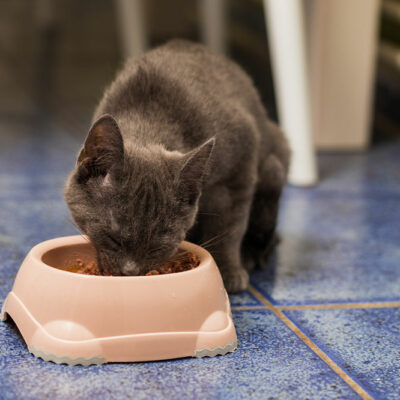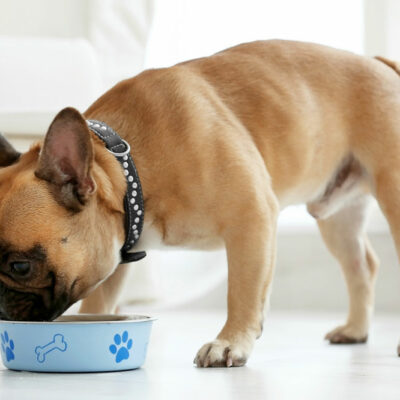
8 Dangerous Houseplants for Cats
Cats have a mind of their own. You know it. We know it. They know it. They do what feels right to them but at the same time, most pet parents are aware that this freedom may well be dangerous. One of the biggest responsibilities of a pet owner, whether it is a cat or a dog, is to always be alert of what they are eating, like feeding them vet recommended salmon cat food, Friskies Indoor Delights and hairball treats. There are a lot of plants and food items that are particularly poisonous to cats. To ensure you don’t let them come in the vicinity of those flora, here are some plants that are poisonous to your feline companions:
- Mistletoe
Think twice before choosing your Christmas decorations this year! If a cat ends up eating or getting exposed to a mistletoe plant, it could lead to serious symptoms like lowering of heart rate and temperature, difficulty in breathing, seizures, or even death. - Hydrangea
The plant of a hydrangea contains toxins called cyanogenic glycosides in the leaves and flowers, which is similar to cyanide and attacks the respiratory mechanism, which could further lead to a lack of oxygen and even death. - Oleander
While the plant of oleander, which is also known as Nerium oleander, white oleander, and Rose-Bay, gives beautiful, delicate flowers and is a favorite among gardening enthusiasts, it is important to remember that it is severely toxic to a cat. It contains chemicals known as cardiac glycoside toxins, which if ingested, result in vomiting and a slow heart rate and could even lead to death. - Sago Palm
The sago palm is very commonly found in tropical areas and is also known as coontie palm, cardboard palm, cycads, and zamias. Any part of this plant is highly dangerous and toxic if ingested by a cat, even though the most poisonous of them all is the seed of the plant. Its toxic nature is due to the chemical cycasin that is present in it. - Lily
Some varieties of lilies are extremely dangerous to cats while some of them are benign. While varieties like Peace, Calla, and Peruvian lily are more docile and cause minor difficulties like tissue irritation to the oral organs resulting in some drooling due to oxalate crystals, varieties other than these like Tiger, Day, Asiatic, Easter, and Japanese Show lilies are much more harmful and may cause severe kidney failure or even death. - Autumn Crocus
Ingestion of autumn crocus, i.e. Colchicum autumnale can cause a wide variety of symptoms, and depending on the extent of exposure to the plant, it could lead to symptoms like gastric disorders, seizures, or could even result in death. - Daffodils, Tulips, and Hyacinths
All parts of plants belonging to the Amaryllidaceae family, especially the bulbs, are harmful to cats in various degrees and can cause minor gastric disorders. - Skunk cabbage plant
Even a few bites of this plant may result in inflammatory responses in the mouth like burning or swelling of the mouth, and choking, or may even cause death.


